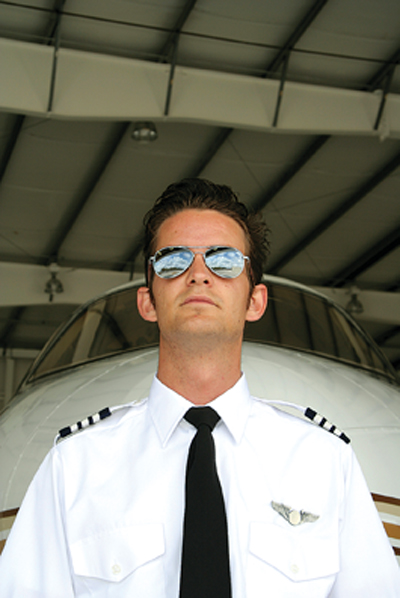
Features
Operations
Waypoint: It’s time to put 2009 behind us
For many, the end of 2009 cannot come soon enough. Let’s face it, this year should go on record as one of the worst periods in aviation.
November 19, 2009 By Rob Seaman
For many, the end of 2009 cannot come soon enough. Let’s face it, this year should go on record as one of the worst periods in aviation. In a year when we celebrated the 100th Anniversary of Powered Flight in Canada and many other great achievements, 2009 saw more downs than ups.
 |
|
Many friends and colleagues lost jobs. It was tough for employers and employees alike, and corporate HR assets that could take years to replenish are gone.
All the bad aside, there is a light on the horizon. In his most recent review of the market, Bob Rockwood of Bristol Associates states that September ’09 aircraft sales look to be 95 jets traded wholesale to retail. This number does not include fractional sales. It doesn’t compare favourably to the 150 per month back in 2007 but it does represent an upward trend from the 75 per month reported earlier this year.
While some guess that prices will start to rise again, Rockwood says not to expect a 20 per cent increase in the next 60 days. But, if you are buying an airplane, or planning to, hurry up. Many feel that prices will start trending up soon and the best deals may be here today.
According to Forecast International, one of the leading crystal ball gazers in the industry, the turbine engine market should remain stagnant through 2012, and then rebound in 2013 despite the credit crisis and resulting slowdown in the world economy. The total world turbofan engine market is projected to generate US$292 billion in revenue from 2009 to 2018 through the production of 66,273 engines; this covers both commercial airliners and corporate jets. Forecast International also states that in spite of cancellations and deferrals, the industry is still creating new designs for the market reversal. Pratt & Whitney Canada, Rolls-Royce, Honeywell and Williams are all involved in engine development programs to power new jets.
Forecast estimates that US$1.7 billion will be spent between 2009 and 2018 on upgrades for fixed-wing aircraft weighing less than 70,000 pounds. According to its recent release: “With the new generation of very light aircraft entering the market – with some as cheap as $1.5 million – retrofitting is losing its cost advantage. However, private operators are often more interested in maximizing their investment through performance upgrades than in focusing on efficiency. Comfort can also be a priority, one that is rarely affordable in other markets.” Adam Feld, an airborne R&M (retrofit and modernization) analyst with the company, states that “a private individual or corporation may have an easier time getting new engines funded, and smaller fleets with cheaper engines can make the price easier to manage – even with a comparably smaller budget.”
On the avionics side, some of the more appealing electronic retrofits, such as WAAS, are relatively affordable. Transport Canada and the FAA, along with other aircraft associations, have a lot of influence on the light aircraft retrofit market. A TC/FAA mandate can lead to a dramatic increase in activity. For example, TAWS and RVSM compliance revitalized the electronics aftermarket recently. Indicators are that the light aircraft retrofit market should not weaken over the next 10 years, though a number of unpredictable factors will be of major influence.
During the tough months, the commercial route may have been tried but it still does not outweigh the benefits of the corporate jets. Looking at FBO ramps, the numbers are on the up side. Lower fuel prices are helping many justify the use of business aircraft again. Also, many Canadian charter operators are reporting that business has returned to levels from last year or before. Taking all these as positive signs, there appears to be life after the theoretical crash – no pun intended.
As for what lies next, our industry could still be influenced by a pickup or slowdown in the recovery. Then there are seasonal factors. And let’s not forget the predictions for an H1N1 influenza pandemic (the memory of SARS is still fresh in many minds). Looking farther downstream, we still need to address the predicted shortage of trained flight crew – the ranks of new student pilots remain on the soft side as retirement looms for those in place now. It would seem that the glamour of flying an airplane to today’s young people does not outweigh the economic reality of starting salaries, as many flight training programs are reporting reduced student numbers. But that, as they say, is another issue that we will deal with on another day. In the meantime, let the New Year ring in – please!
Rob Seaman is a Wings writer and columnist.